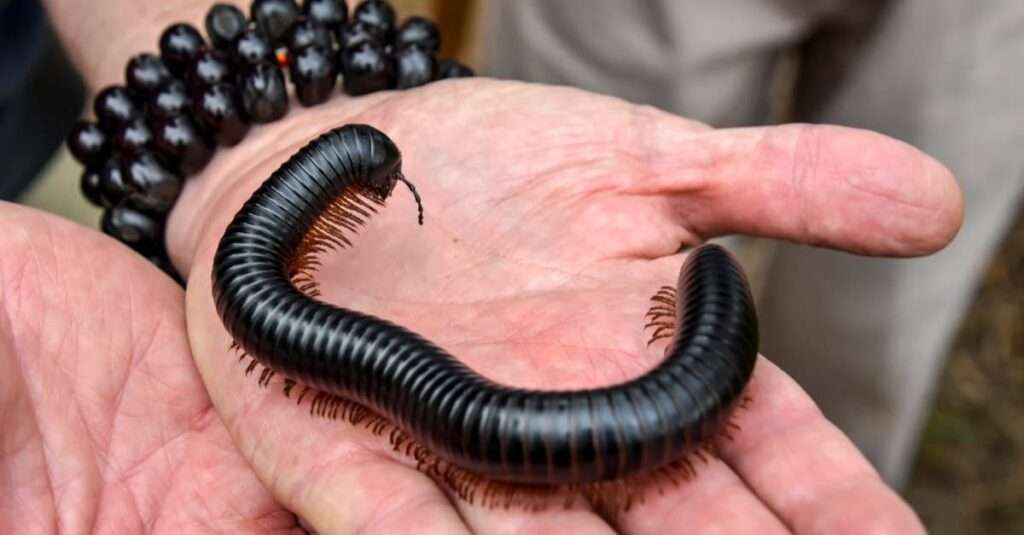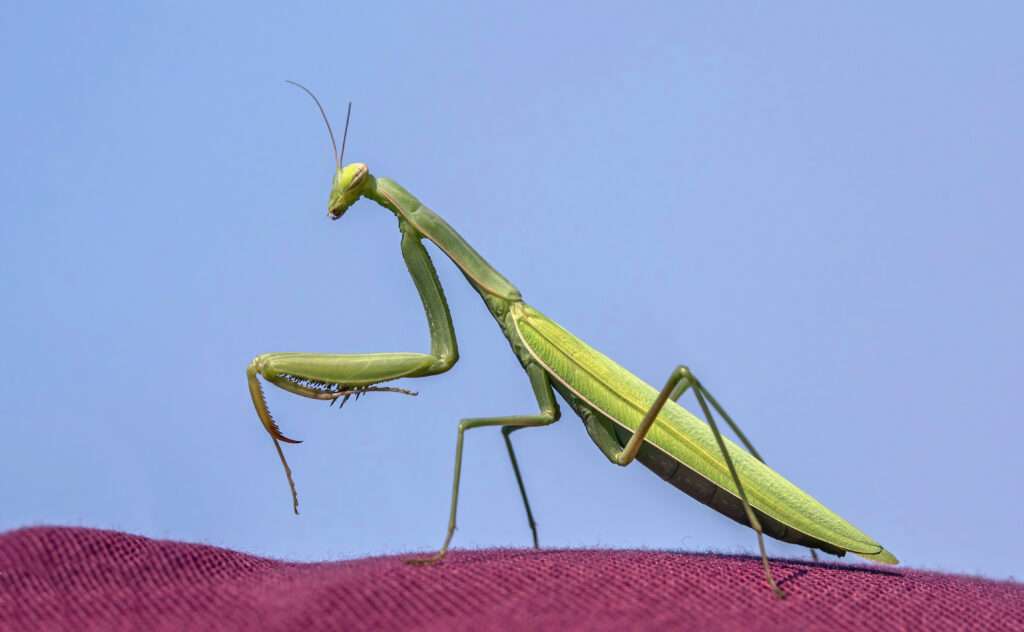
Stoneflies are members of the insect order Plecoptera. Worldwide, 3,500 species have been described, and more are continually being found. The only continent where stoneflies are absent is Antarctica. The presence of Plecoptera in a stream or still body of water is typically a sign of good or exceptional water quality because all species of Plecoptera are intolerant to water pollution.
Morphology
Stoneflies are soft-bodied insects that can reach lengths of 50 millimeters and have a 100 millimeter wingspan. Since stoneflies have aquatic larvae and are weak flyers as adults, they are always found close to freshwater. They are unable to disperse well since they rarely venture far from their birthplace. Stoneflies can be identified by the following traits:
- soft, flattened, and elongated body
- Two sets of membranous wings, maintained in a curled position around the body when at rest. Some species don’t have wings, while others have wing reductions.
- slightly larger hind wings than front wings
- tall legs
- a mandibulate set of teeth
- two cerci at the abdomen’s tip
Stonefly larvae are aquatic, resemble the adults in appearance, but lack wings. Additionally, larvae have external gills at the tip and along the edge of their abdomens.

Diet
Adult stoneflies are herbivorous and typically eat algae, lichens, rotting wood, or other debris for food. Although some species are carnivorous, the larvae are predominantly herbivorous and eat a range of tiny plants, algae, and dead plant detritus.
Habitat
Adult stoneflies can be observed resting during the day on tree trunks next to streams and lakes. They like freshwater habitats and its surroundings. The aquatic larvae are occasionally visible among the gravel on the bottom of swiftly moving streams and lakes with good aeration.
Life Cycle
Since their larvae are entirely aquatic, stoneflies dwell and breed close to bodies of water. The eggs are laid by female stoneflies on the water when they gently fly over it or when they are resting on ledges of rocks or logs. It is possible for 100 to 1000 eggs to be laid, and the larvae take one to three years to mature. Stonefly larvae can go through up to 15 molts before maturing, depending on the species.
Species Number
A small order of hemimetabolous insects called stoneflies (Plecoptera) has roughly 3500 documented living species in 16 families and 286 genera.
Table





